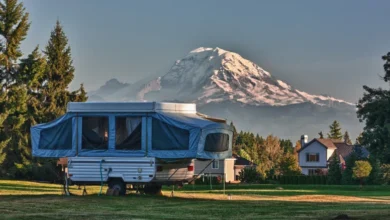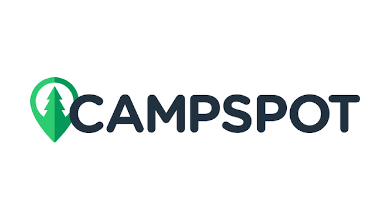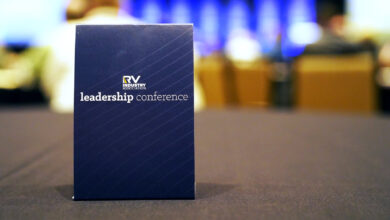Exclusive: Colorado Inventor Out to Save Shops Time (Meaning Money)
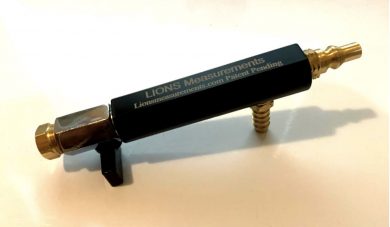 Forsling's invention
Forsling's inventionDustin Forsling had never invented anything before. His years as an RV service technician led him to the occasional idea for how to improve on an existing product or procedure, but nothing he ever acted on. Until now.
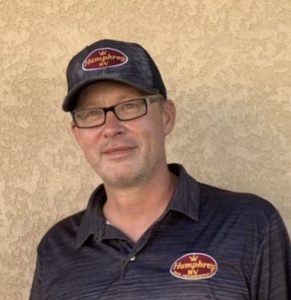
Forsling is the inventor of the “RV Liquid Propane Quick Connect Measuring Manifold,” an oversized name for a device he hopes will be embraced by RV technicians from Canada’s Saskatoon to Sarasota, Fla.
He said his invention – patent pending – offers a shortcut for a technical procedure that is both routine and critical to RV maintenance.
“It’s a very lengthy process to do an LP time-pressure drop, or a regulator adjustment, because you have to not only break into the LP lines but you’re taking that extra step, and with this product you’re not compromising the system, so it’s a safety feature as well a tool that provides (technicians) the ability to save time,” said Forsling, who is the service manager at Humphrey RV, with two locations in western Colorado. “Most shops are flat-rate shops. This takes the process down from 20 to 30 minutes down to 7 minutes, exactly, if you’re doing it right. And every technician that has one of these products right now is just in love with it.”
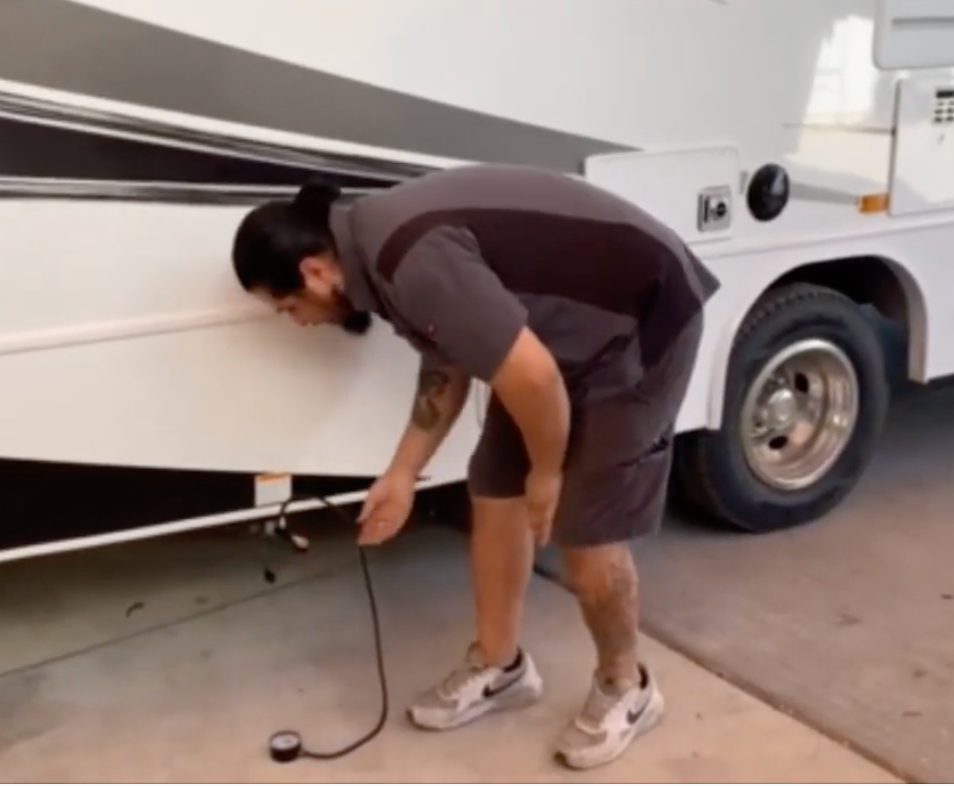
The key, he said, is technicians no longer have to “break open the system” to do an LP system check.
Forsling said he used parts around the shop to create the apparatus, but at first it was … unwieldy. So, he hooked up with a local machinist who streamlined it and made it out of solid stock aluminum with a powder-coat finish. Once word spread, he said, it quickly found an audience.
In response to market demand, he invented an adapter for his original invention.
“If the unit is an older unit and doesn’t have a gas barbecue grill port to plug into, you can take the hose off an appliance like you would normally, but then it adapts and uses the exact same manifold,” Forsling said. “So, it can be used not only on newer units that have a gas barbecue port or were retrofitted with them, it will work on older units as well, so it’s more versatile.”
Applying for the patent was not cheap, Forsling said, and obtaining the actual patent will require another outlay of cash. But it’s within reach, he said, and each unit he sells brings him closer to that goal.
“Being flat-rate shops, the more time you save, the more money you make,” Forsling said. “The mechanics that are using them now are absolutely in love with them.”

